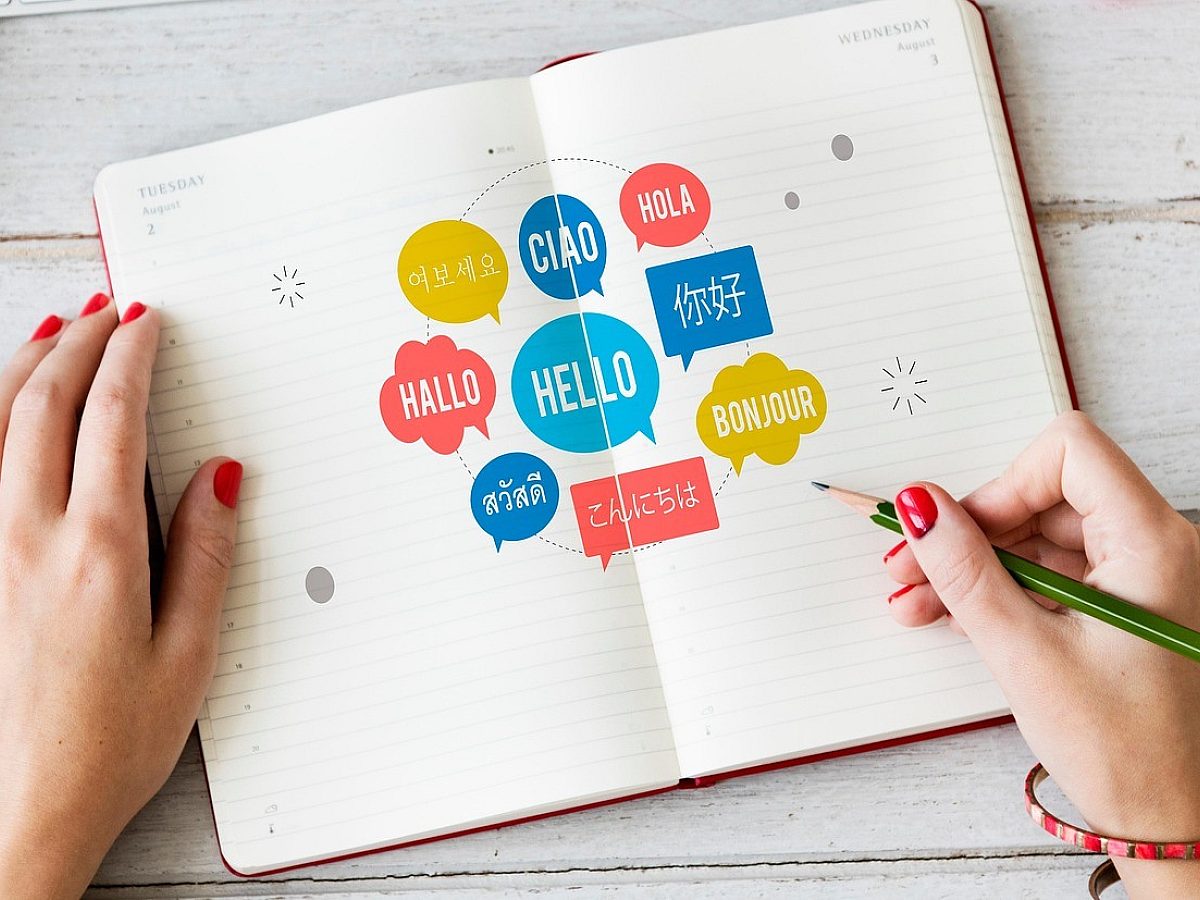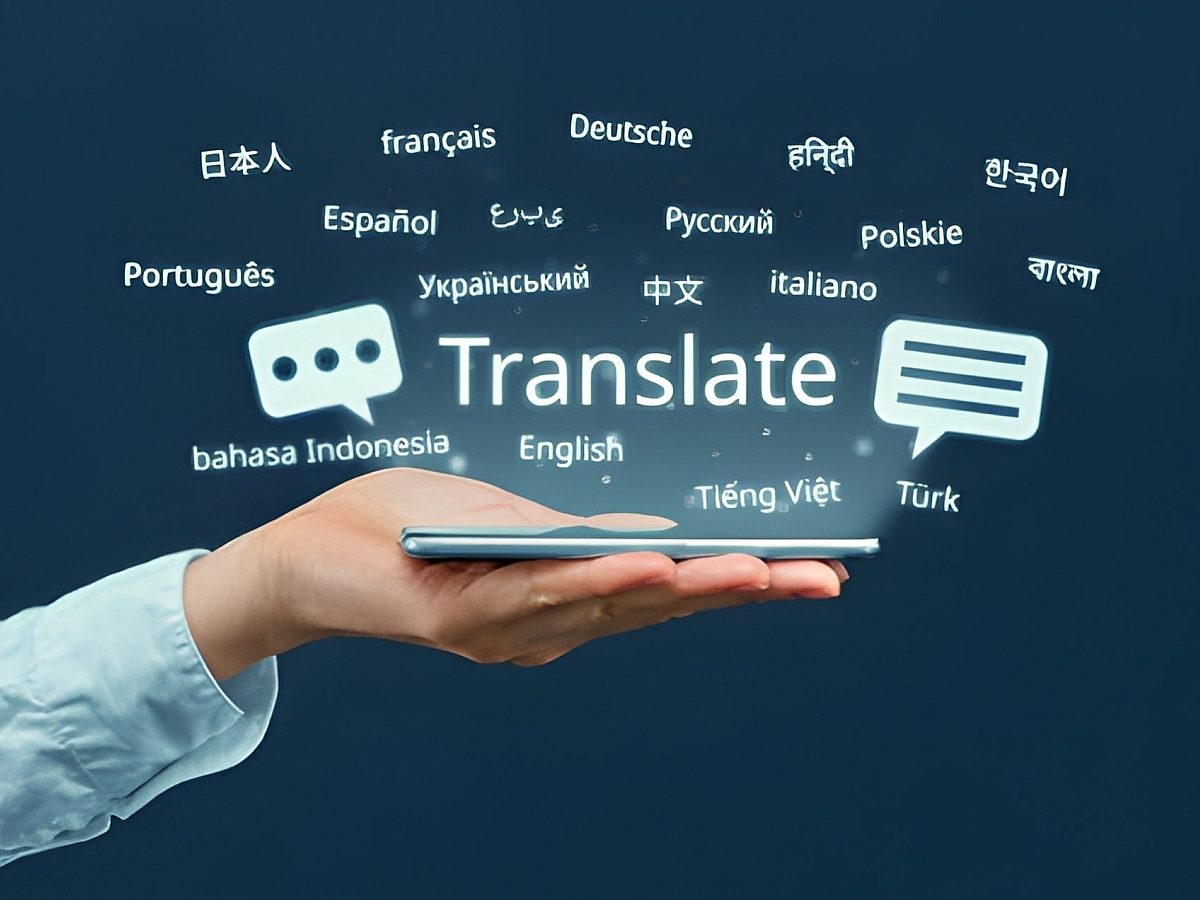In an era dominated by video content, companies are no longer asking if they should invest in video marketing—but how to make it work globally. As audiences become increasingly diverse and geographically scattered, reaching them in their native language has become essential. That’s where multilingual subtitling services come in.
Whether you're a media company, educational provider, or a global brand publishing video content online, subtitling in multiple languages isn’t just a nice-to-have—it’s a strategic necessity. From improved accessibility to better engagement and even SEO, multilingual subtitling is a gateway to expanding your influence far beyond your current borders.
The Global Rise of Video Marketing
In 2024, video accounted for over 80% of all internet traffic. Platforms like YouTube, LinkedIn, TikTok, and Instagram have evolved into powerful tools for storytelling, brand awareness, and conversion. However, most videos are still produced in a single language—usually English.
If you're only reaching English-speaking audiences, you’re missing out on millions of potential viewers and customers who would engage if the content were delivered in a language they understand. This is particularly true in emerging markets across Europe, Latin America, and Asia where local-language content consistently outperforms untranslated versions.
At its core, video localization is about meeting your audience where they are—linguistically and culturally. And one of the most efficient ways to do this is by adding professional, multilingual subtitles.
What Are Multilingual Subtitling Services?
Subtitling is the process of displaying written text on-screen that corresponds to the spoken words in a video. When it’s done in multiple target languages, it becomes a powerful localization tool.
Unlike dubbing, subtitling maintains the original audio while providing translation in written form. This is especially useful for educational videos, webinars, product demos, social content, and even internal corporate communications.
Professional subtitle translation for media agencies involves far more than just typing out dialogue. It includes:
Accurate transcription
Timing and syncing
Cultural adaptation
Formatting and readability adjustments
Compliance with platform-specific standards
At Wolfestone, our media localization team handles subtitling with precision, ensuring your video not only makes sense—but resonates.
Why Your Business Needs Multilingual Subtitles
1. Expand Global Reach Without Reshooting
Creating separate video content for each market is expensive and time-consuming. Subtitles allow you to repurpose existing videos for multiple audiences at a fraction of the cost. With business video subtitling, one well-produced video can be used across 10 or more markets simply by adding the appropriate language tracks.
2. Improve Accessibility and Inclusion
Subtitles aren’t just for international audiences—they also serve the deaf and hard-of-hearing community, viewers in noisy environments, and users who prefer to consume content silently. By offering multilingual subtitles, you make your content accessible to both global and diverse local users, meeting growing expectations for inclusivity.
Wolfestone also offers accessibility services to ensure your subtitled content meets regulatory standards and user needs.
3. Boost Engagement and Retention
Videos with subtitles consistently show higher engagement rates. Viewers are more likely to watch the full video, interact with it, and remember what they’ve seen. This effect is magnified when the subtitles are in their native language.
Adding closed captions for international videos has proven to increase average watch time and conversion across platforms like YouTube and Facebook.
4. Multilingual SEO Benefits
You might not realize it, but subtitled videos can support your multilingual SEO strategy. Platforms like YouTube crawl subtitle files (SRTs), helping search engines understand the video’s content. When you include multilingual subtitling, you improve your visibility for non-English keyword searches.
Pair that with translated descriptions, tags, and transcriptions, and your video could rank for search terms in several languages—all without creating separate content from scratch.
Subtitling vs Dubbing: Which Is Best?
Many clients ask whether they should invest in subtitling or dubbing. While both are effective forms of video localization, subtitling is generally:
More cost-effective
Faster to produce
Preferred by global digital audiences, especially on social platforms
That said, for heavily visual content (like animated children’s videos or product explainers), dubbing may still be preferred.
If you’re unsure what’s best for your brand, Wolfestone’s media consultants can help evaluate your content and suggest the optimal route.
Best Practices for Subtitling Across Languages
To get the most from your multilingual subtitling services, consider the following:
Work with native linguists: Direct translation often misses idioms, slang, and tone.
Keep line length readable: Especially important for mobile viewers.
Adjust timing carefully: Viewers need time to read comfortably.
Cultural sensitivity matters: Words and expressions that are harmless in one language can be offensive in another.
Stick to platform guidelines: For example, YouTube has very specific caption formatting standards.
At Wolfestone, our video translation and subtitling team follows strict quality processes—including ISO-certified QA workflows—to ensure every subtitle file is precise, well-synced, and culturally adapted.
Real-World Success: A Training Video Goes Global
One of our clients—a UK-based tech firm—wanted to roll out internal training videos to teams in Brazil, Germany, and Japan. Instead of re-recording the entire series, they used multilingual subtitling in Portuguese, German, and Japanese.
The result?
Training completion rates increased by 38%
Employees reported a 60% improvement in content understanding
The company saved over £25,000 compared to dubbing or re-shooting
This is the power of subtitling: delivering impact without overhauling your production workflow.
Which Industries Benefit the Most?
Almost any industry with global content can benefit from multilingual subtitles, but some of the biggest adopters include:
Education & E-learning: MOOC platforms, universities, and training providers
Healthcare: Patient education videos, multilingual compliance training
Technology: Product walkthroughs, developer guides
Media & Entertainment: Documentaries, interviews, promotional content
Corporate Communication: Internal announcements, stakeholder presentations
If your business regularly publishes video content—publicly or internally—then investing in subtitle translation for media agencies like Wolfestone can unlock real value.
Getting Started with Subtitling Services
Subtitling may sound technical, but the process is simple when you partner with the right provider. At Wolfestone, we guide you through every step:
Initial consultation: We assess your needs, audience, and platform.
Transcription: Your video’s audio is transcribed with 100% accuracy.
Translation: Our native linguists translate and adapt the content.
Subtitling and syncing: Text is timed to match audio and formatted for readability.
Delivery: Subtitles are embedded or provided as files, depending on your platform.
Every project is handled with confidentiality, speed, and the highest standards of linguistic quality.
Final Thoughts: Speak the World’s Language, One Subtitle at a Time
In today’s competitive content landscape, language inclusivity is brand power. Subtitling your videos in multiple languages is one of the most efficient ways to connect with audiences worldwide—without ballooning your production costs.
Whether you want to translate YouTube videos professionally, enhance training for global teams, or scale up international marketing, multilingual subtitling services can help your content cross borders—and resonate deeply.
At Wolfestone, we combine linguistic expertise, cultural insight, and technical precision to help you deliver the right message, to the right audience, in the right language—every time.




